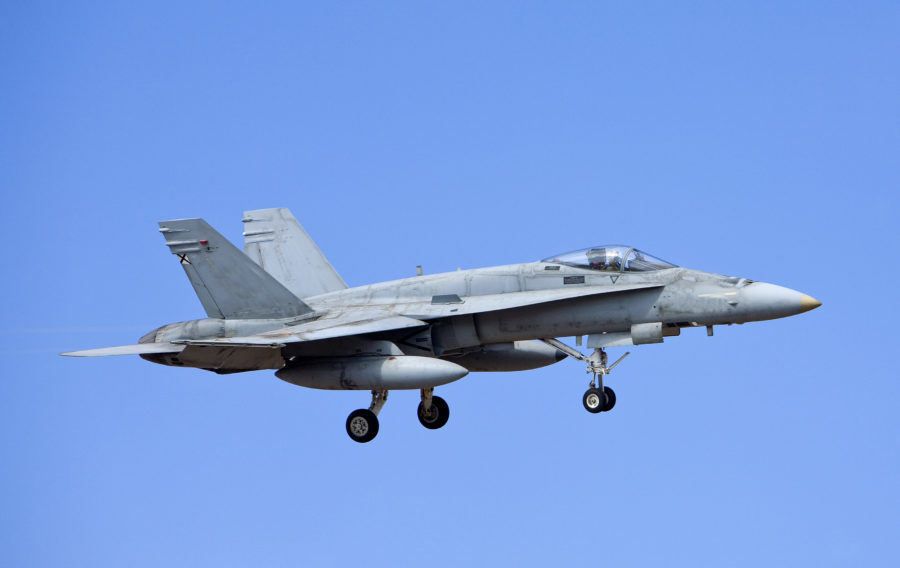
Cobham’s VigilOX pilot breathing sensor system has recently flown three test flights on US Navy F-18 and T-45 aircraft.
VigilOX, in an earlier form known as AMPSS, is the first pilot worn sensing system to comprehensively capture real-time physiological, breathing gas, and cockpit environmental data during flight, which will be used to help inform conditions around unexplained physiological episodes.
Cobham, along with the Navy, medical, and research professionals, are in the initial stages of reviewing the post flight data, which will be correlated to reported hypoxia-like symptoms. This data will form the basis of a predictive algorithm that will ultimately drive oxygen equipment to automatically adjust oxygen dosage as needed to protect the pilot.
Rob Schaeffer, Product Director, Environmental Systems at Cobham Mission Systems, said: “Having these developmental sensors flying, along with testing in the lab, will show what happens in the aircraft and physiologically under hyperventilation or hypoxia-like conditions, and will inform us as we work to design a mitigative response to protect the pilot.”
The Cobham VigilOX sensor system marks a significant milestone in being able to monitor pilot physiology in flight. In parallel with data collection efforts, Cobham is moving towards a “predict and protect” capability that will take our sensors to the next level by incorporating them into oxygen equipment that will autocorrect flow based on sensor data.
If you would like to join our community and read more articles like this then please click here.







